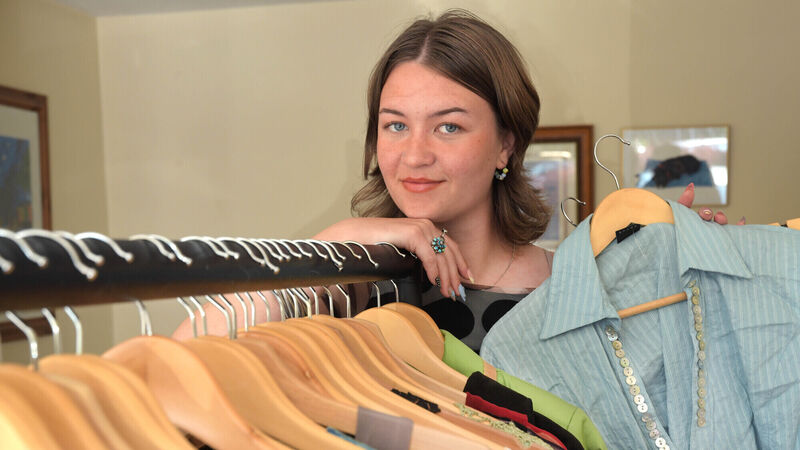Are Vinted and Depop just a type of fast fashion under a greener guise?

Keziah Platt, with some of her vintage stock. Picture: Moya Nolan
Try from €1.50 / week
SUBSCRIBE
Keziah Platt, with some of her vintage stock. Picture: Moya Nolan
In a remarkable shift for fashion retail, Vinted, the Lithuanian-born secondhand fashion app, has dethroned Amazon, Shein, and H&M as France’s most visited retail site. Depop, another resale giant, is equally embedded in youth style culture, with upwards of 30m users and strong influence in the Gen Z aesthetic.
What was once a domain of thrifters and vintage lovers has now become a major industry itself. The rise of these platforms is being hailed as a revolution in fashion consumption, proof that we’re rethinking our habits in light of the climate crisis and textile waste.
Already a subscriber? Sign in
You have reached your article limit.
Annual €130 €80
Best value
Monthly €12€6 / month
Introductory offers for new customers. Annual billed once for first year. Renews at €130. Monthly initial discount (first 3 months) billed monthly, then €12 a month. Ts&Cs apply.
CONNECT WITH US TODAY
Be the first to know the latest news and updates
Newsletter
The best food, health, entertainment and lifestyle content from the Irish Examiner, direct to your inbox.
Newsletter
The best food, health, entertainment and lifestyle content from the Irish Examiner, direct to your inbox.
© Examiner Echo Group Limited